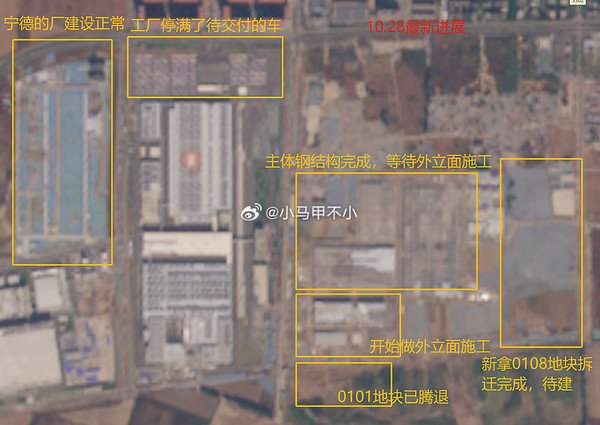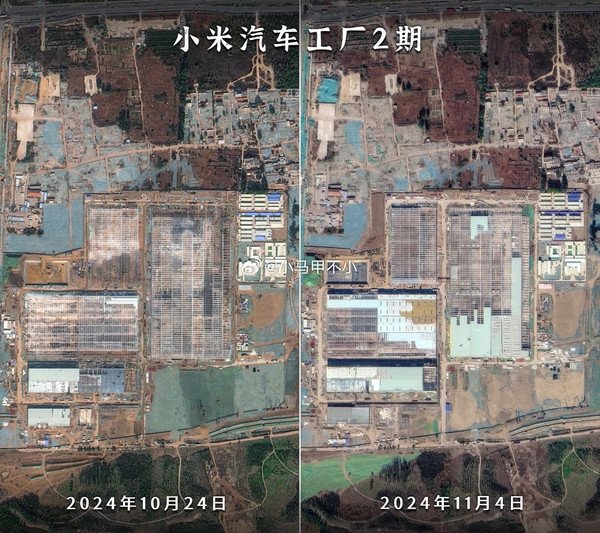
1-1 #Happy2025 : CXMT DDR5 yield rate is expected to reach 90% by year end; OPPO will release its flagship Find series phone twice a year; vivo has announced that it will be unveiling a MR headset in 2025; etc.

TSMC’s Arizona facility is reportedly set to initiate mass production of the 4nm process by 2H25, with clients such as Apple, NVIDIA, AMD, and Qualcomm being the primary beneficiaries. TSMC’s 4nm process will be under production at the Arizona facility in the Phase 1 (1A) plant area, but production costs are expected to be 30% higher than in Taiwan. The Arizona facility is initially expected to produce a wafer output of 20,000 units per month. It is said that the facility will be responsible for 4nm production, but this is under Phase 1 plans since, in Phase 2, TSMC plans to mass-produce 2nm in 2028. TSMC is currently set to receive US USD6.6B in CHIPS Act funding for building the first Arizona plant. (CN Beta, IEEE, WCCFtech, Yonhap)
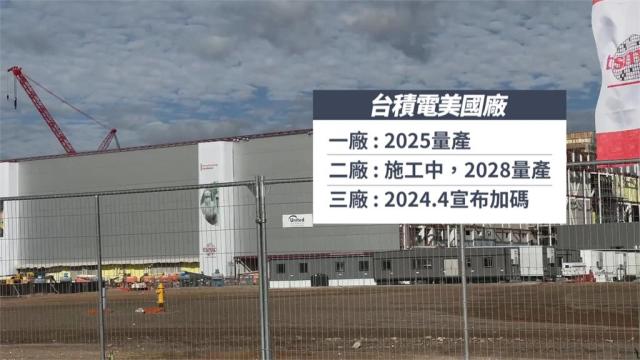
Hyundai has disbanded its “Semiconductor Strategy Office”, which was established in early 2022. Hyundai transferred the office’s responsibilities to the Advanced Vehicle Platform (AVP) division and procurement departments. The company claims that the reorganization is an effort to streamline capabilities and boost synergy. If in-house development proves impractical, Hyundai may either shift its focus to other semiconductors, abandon the effort, or strengthen its collaboration with AI accelerator firm Tenstorrent. Hyundai is expected to outsource the production of its self-driving automotive chips to Samsung’s foundry division, and is reportedly interested in adopting Samsung’s 5-nm-based SF5A process.(CN Beta, TrendForce, ET News, KED Global)
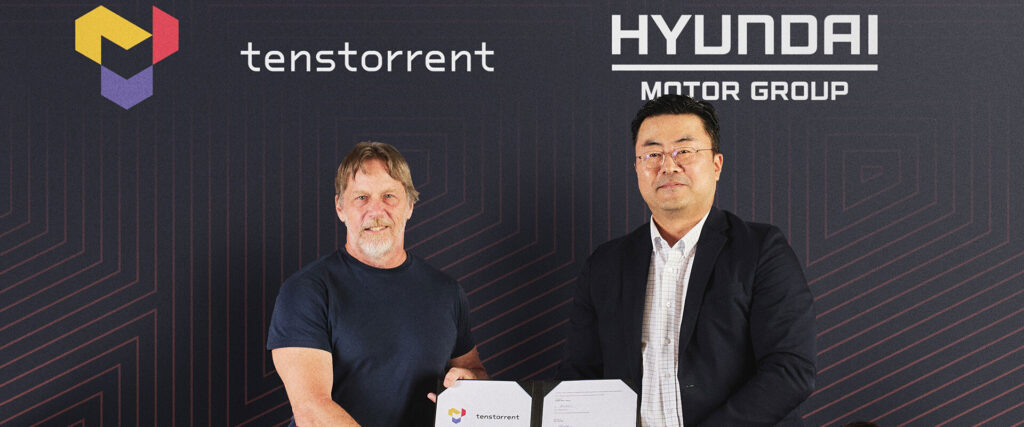
The competition for advanced logic processes at the 2nm level will enter its production phase in 2025. Following their absence in the 5nm and 3nm generations, both Intel and Japanese foundry operator Rapidus are positioning themselves in a transformed landscape dominated by TSMC and Samsung Foundry. (Digitimes, Phone Arena)
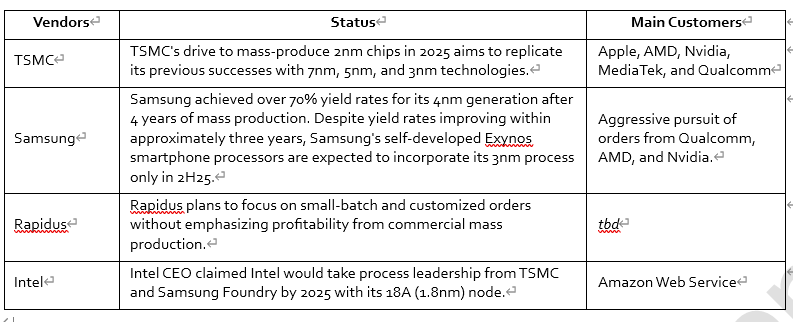

The world’s first Gen-8.6 OLED glass substrate product independently developed by China National Building Materials Glass New Materials Research Institute and Bengbu Zhongguang Optoelectronics, subsidiaries of Triumph Group, has been successfully rolled off the production line in Bengbu, Anhui. With the support of the “Key Technology Development of OLED Display Glass Materials” project of the “14th Five-Year Plan” National Key R&D Program, the two parties have carried out basic research on the structure and performance design of OLED display glass materials, calculation and simulation of key thermal processes, and independently developed a complete set of core technical equipment. The Gen-8.6 OLED glass substrate is crucial to OLED panels. It is the core carrier material required for OLED panels and represents the highest level in the field of glass manufacturing.(CN Beta, Sina)
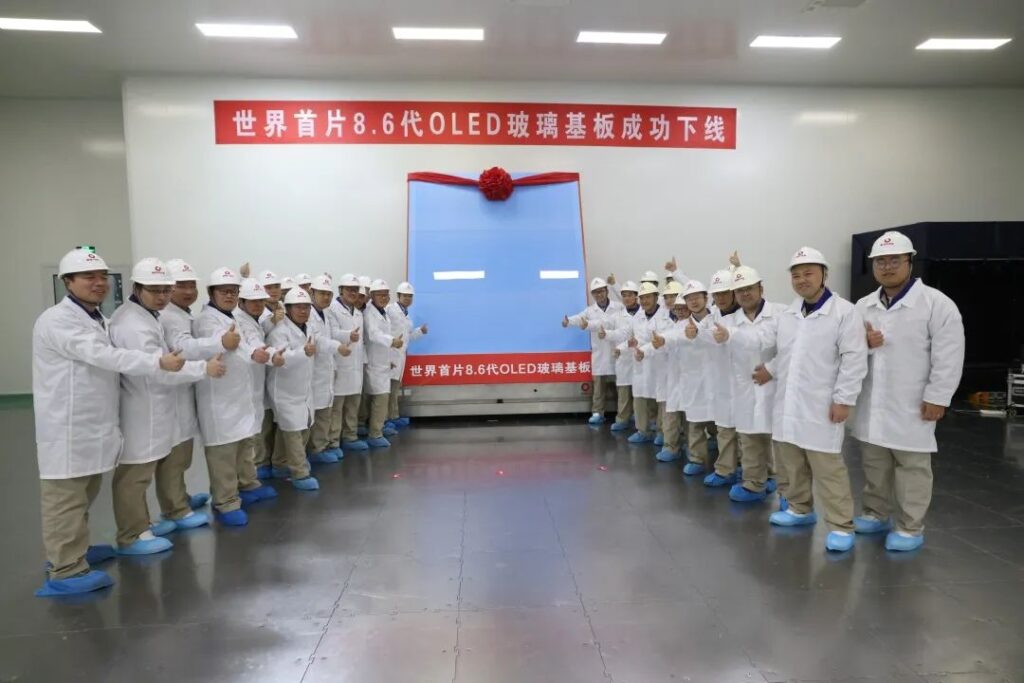
Apple’s plans to create an iPhone with a completely bezel-free display are reportedly facing significant technical challenges, with a new report suggesting that the technology may not be ready by 2026 as previously hoped. Apple originally planned to release a zero bezel OLED iPhone in 2025-2026. Apple has been working with Samsung Display and LG Display to develop the revolutionary display technology. Apple is specifically working to avoid the “magnifying glass effect” that typically occurs on curved display edges like those already seen on some smartphones. In contrast to typical curved-edge phones, Apple is said to envision a unique design that maintains the iPhone’s signature flat display and angular sides while extending the screen seamlessly over the edges. Both Samsung Display and LG Display need to adapt two existing technologies, including Thin Film Encapsulation (TFE) for protecting OLED displays from environmental damage, and Optical Clear Adhesive (OCA) for bonding transparent adhesive films around curved edges. The suppliers also need to ensure there’s adequate space for components like the iPhone antenna. The development of OCA technology has reportedly proven troublesome, as the current solutions suffer from side-view distortion issues, and engineers have still to address impact damage concerns for the edge-wrapped display design. (MacRumors, The Elec)
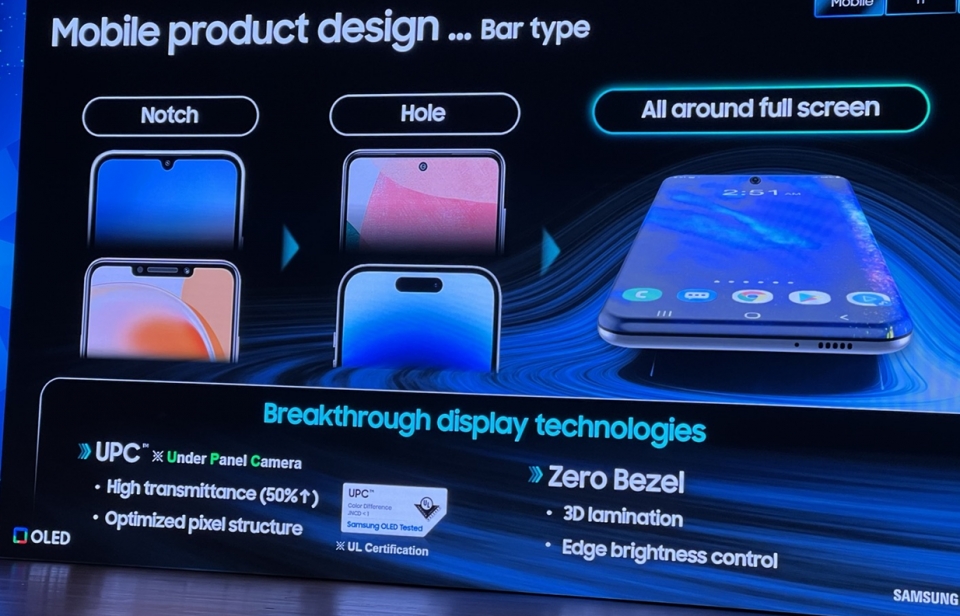
Samsung is rumoured to introduce a budget-friendly Galaxy Z Flip FE alongside the Galaxy Z Flip 7 in 2025. Samsung reportedly aims to keep the experience on this affordable foldable solid while controlling costs. The Galaxy Z Flip FE will also use the same display tech as the flagship Galaxy Z Flip 6. If true, this means the Z Flip FE would feature a 6.7” Dynamic AMOLED 2x screen with a 1080×2640 resolution and a 120Hz variable refresh rate. Additionally, the display could support HDR10+ playback with a peak brightness of 2600 nits. (Android Headlines, Twitter, Android Police)


Tesla finds itself at the forefront of a heated competition between South Korean semiconductor giants Samsung and SK Hynix. The electric vehicle manufacturer has reportedly reached out to both companies, seeking samples of their upcoming HBM4 memory chips. Tesla wants to integrate the next-gen high-bandwidth memory into its Dojo system. Dojo is a custom-built supercomputer designed to train the company’s “Full Self-Driving” neural networks. Currently, the Dojo system utilizes older HBM2e chips to train the complex AI models underlying Tesla’s Full Self-Driving capabilities.(CN Beta, TechRadar, Techspot, Seeking Alpha)
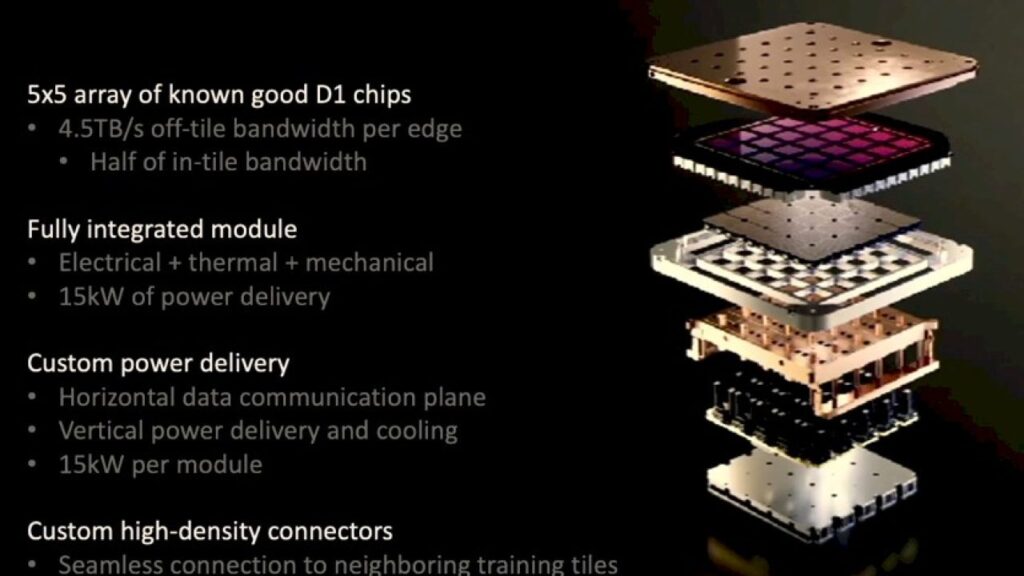
ChangXin Memory Technologies (CXMT) is demonstrating significant progress in its DDR5 production yields, according to Citigroup analysis. This progress builds on CXMT’s experience with DDR4 manufacturing, where the company has achieved yields of around 90%. The company currently operates two fab facilities in Hefei, with Fab 1 dedicated to DDR4 production on 19nm process technology and a 100,000 wafer per month capacity. Fab 2 focuses on DDR5 production using 17nm technology, with a current capacity of 50,000 wafers per month. CXMT’s DDR5 yields could improve further to approximately 90% by the end of 2025. Despite these improvements, CXMT faces technological challenges compared to industry leaders. The company’s current production process is 19nm for DDR4 and 17nm for DDR5, lagging competitors like Samsung and SK Hynix, which manufacture 12nm DDR5 chips. Additionally, CXMT is also vigorously promoting HBM high-bandwidth memory. On the one hand, it is increasing the production capacity of the first-generation HBM. On the other hand, the second-generation HBM2 has made major breakthroughs and is currently sending samples to customers. It is expected to be put into small-scale mass production by mid-2025. (CN Beta, EET-China, CTEE, Digitimes, Techpowerup, Twitter)
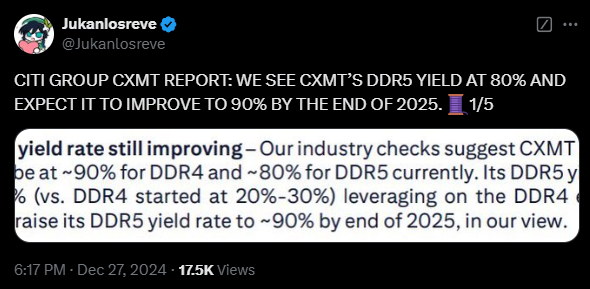

EVE Energy has reportedly reached a supply agreement with Tesla for energy storage batteries, and its Malaysian factory is expected to start supplying energy storage batteries to Tesla US in 2026. Eve Energy is Tesla’s sixth battery supplier, after the US electric vehicle (EV) maker has struck supply deals with Panasonic, LG Energy Solution, CATL, BYD and Sunwoda. The company is also the third to supply energy storage batteries to Tesla US. The other two are CATL and BYD. (LatePost, CN Beta, CNEVpost, Electrek, Teslarati)
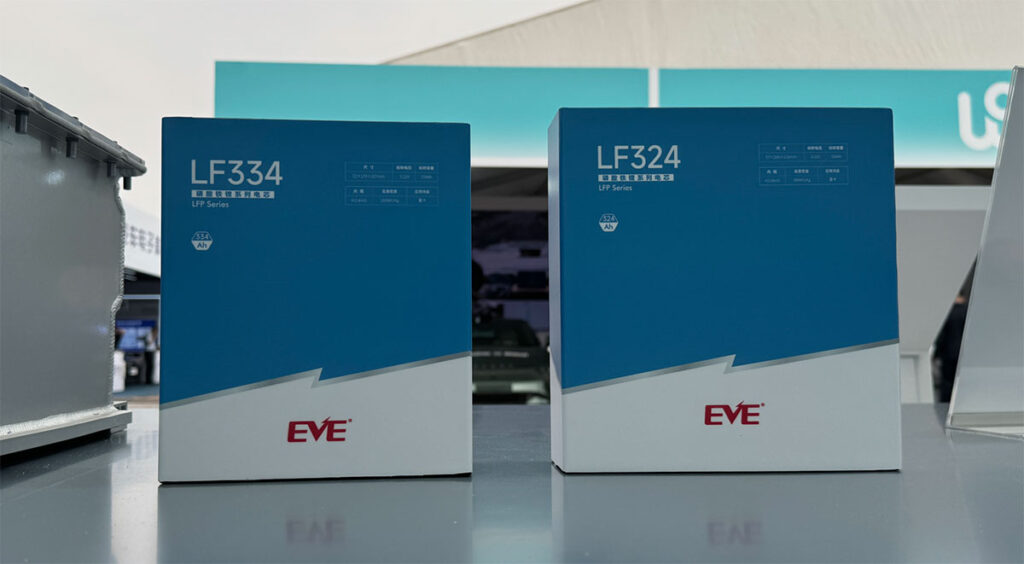
Apple has been sued by South Korean cable firm LS Cable & Systems in the US. The South Korean cable company claimed in the lawsuit filed in the United States District Court for the Northern District of California this month that the iPhone maker infringed on its patent related to wireless charging. Specifically, patent US8013568, is dubbed “Contact-less chargeable battery and charging device, battery charging set, and charging control method thereof. It was first registered in 2011 and its claims expanded over the years. LS Cable & System in 2011 launched a smartphone cover that could also act as a charger that could be used in Apple iPhone 4, 4S, and Samsung Galaxy S2. The company in 2013 also said it developed a 0.32mm thin smartphone wireless charging module. Apple then used technology on US8013568 and also adopted Broadcom’s wireless charging chip for Qi, LS Cable & System claimed.(Phone Arena, The Elec)


Zhou Yibao, the Product Manager for the OPPO Find series, has confirmed that the company will release its flagship Find series phone twice a year – one in the spring and another in the autumn. OPPO will reportedly release several new Find series phones in the spring of 2025, which could include Find N5, Find X8 Ultra, Find X8 Mini, and Find X8s. In the autumn event, OPPO will likely release the next generation of Find X-series phones, which could include Find X9 and Find X9 Pro. These models will likely be released between Sept / Nov 2025.(Android Headlines, Weibo)
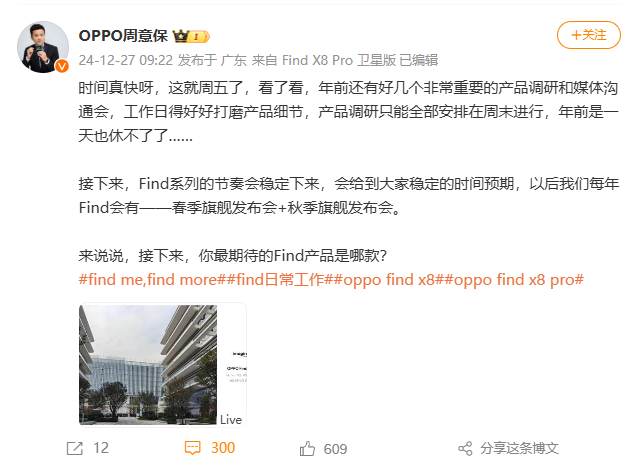

Apple has reportedly created a prototype Magic Mouse that includes a mix of touch, voice controls, and hand gestures. Bloomberg’s Mark Gurman has indicated that the functionality is logical considering AI. Gurman has clarified that Apple plans to focus on a more ergonomic design and unspecified gestures with the refreshed mouse. Gurman said that Apple is planning a “full overhaul” of the Magic Mouse, with a more modern design. He said that Apple will finally move the charging port from the bottom of the device to an easier to access location, but he did not mention voice controls or gesture support at the time. (MacRumors, Twitter)
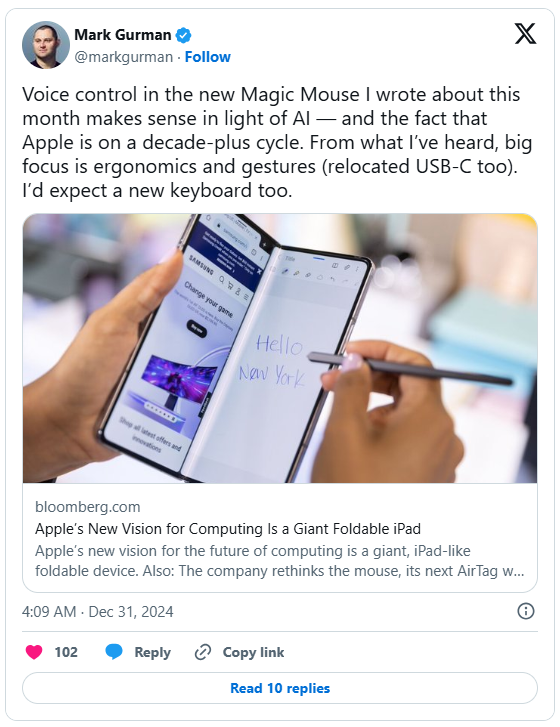

Meta reportedly plans to add displays to its Ray-Ban smart glasses as soon as 2H25. The company is planning to add a display inside the USD300 sunglasses it makes and sells in partnership with eyewear group EssilorLuxottica. The small display would be likely to be used to show notifications or responses from Meta’s virtual assistant. One of Meta Orion’s biggest innovations is its novel use of silicon carbide lenses. The material has not been widely used in optics before and helped Meta create a much larger and brighter image for Orion’s users than is possible using regular glass. However, the high cost and lack of large-scale manufacturing of silicon carbide lenses present a significant barrier to turning Orion into an affordable mass-market product without compromising on one of its advantages. (Financial Times, Engadget, PC Mag, CN Beta)
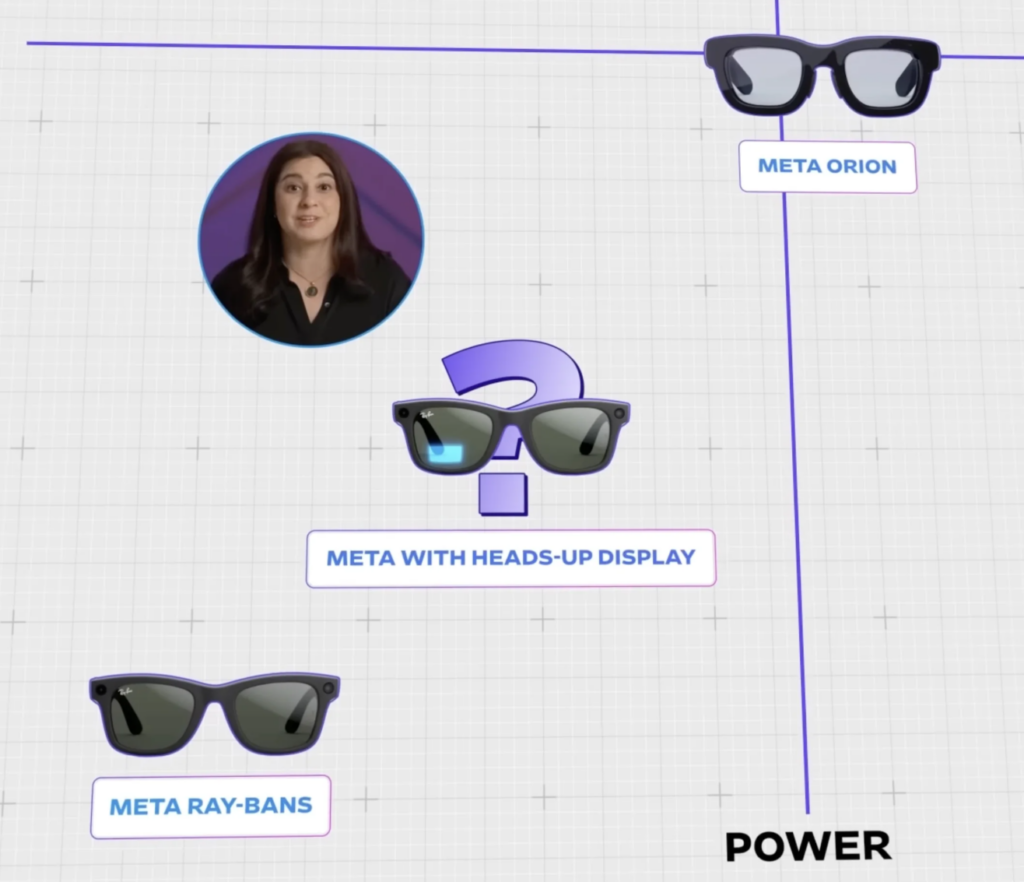
vivo has announced that it will be unveiling a mixed reality (MR) headset in 2025. vivo’s dedicated team for the MR headset has apparently grown to 500 members. vivo’s MR device is going to undergo “high-fidelity prototype experiences” in several cities across China by late 2025.(Android Central, GSM Arena, Weibo)
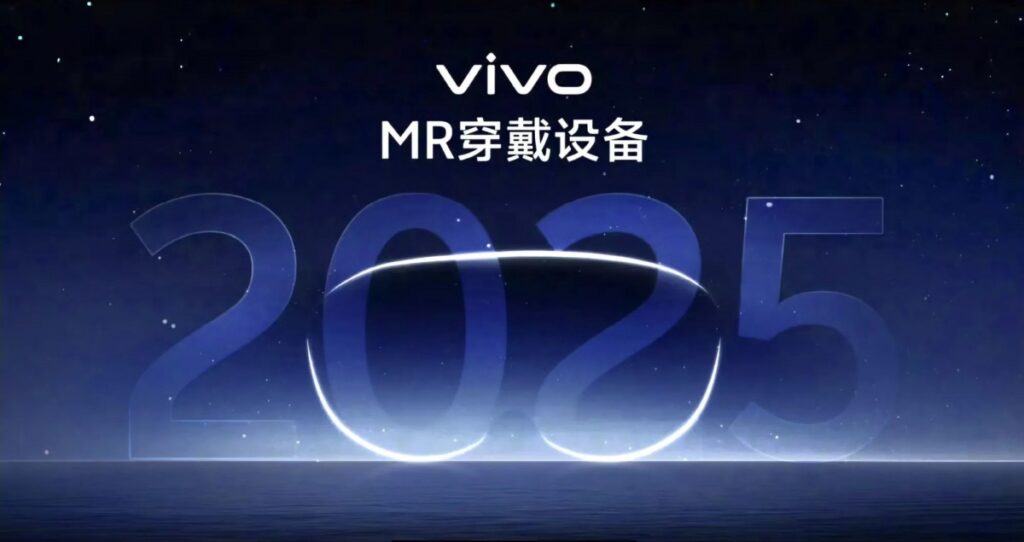
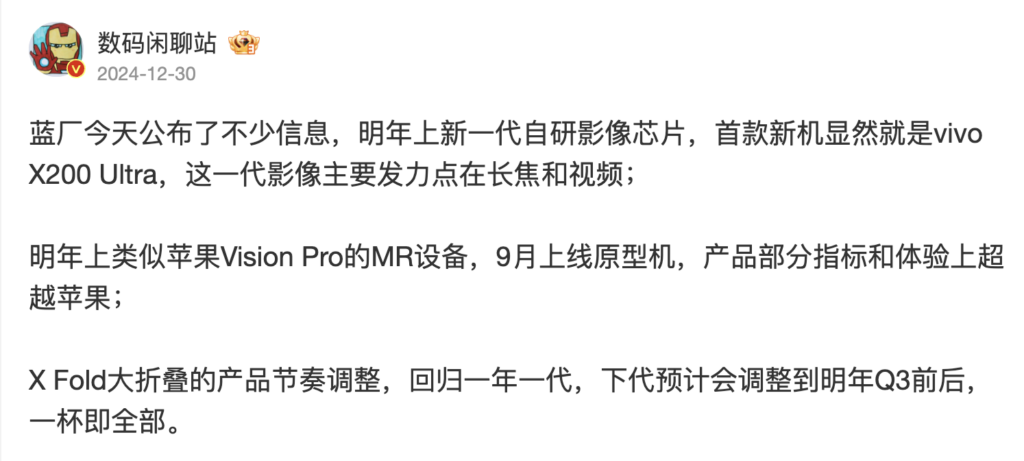

Xiaomi is expected to complete the construction of an expansion of its electric vehicle factory in mid-2025. The second phase of the Xiaomi Intelligent Manufacturing Industrial Base is scheduled to be completed on 15 Jun 2025. After acceptance by Xiaomi and verification and filing by the local Housing and Construction Bureau, production can begin in Jul at the earliest and Aug at the latest in 2025. By then, the rated annual production capacity of the first and second phases of the Xiaomi factory will reach 300,000 vehicles. (CN Beta, Sina, Gasgoo, MSN)
